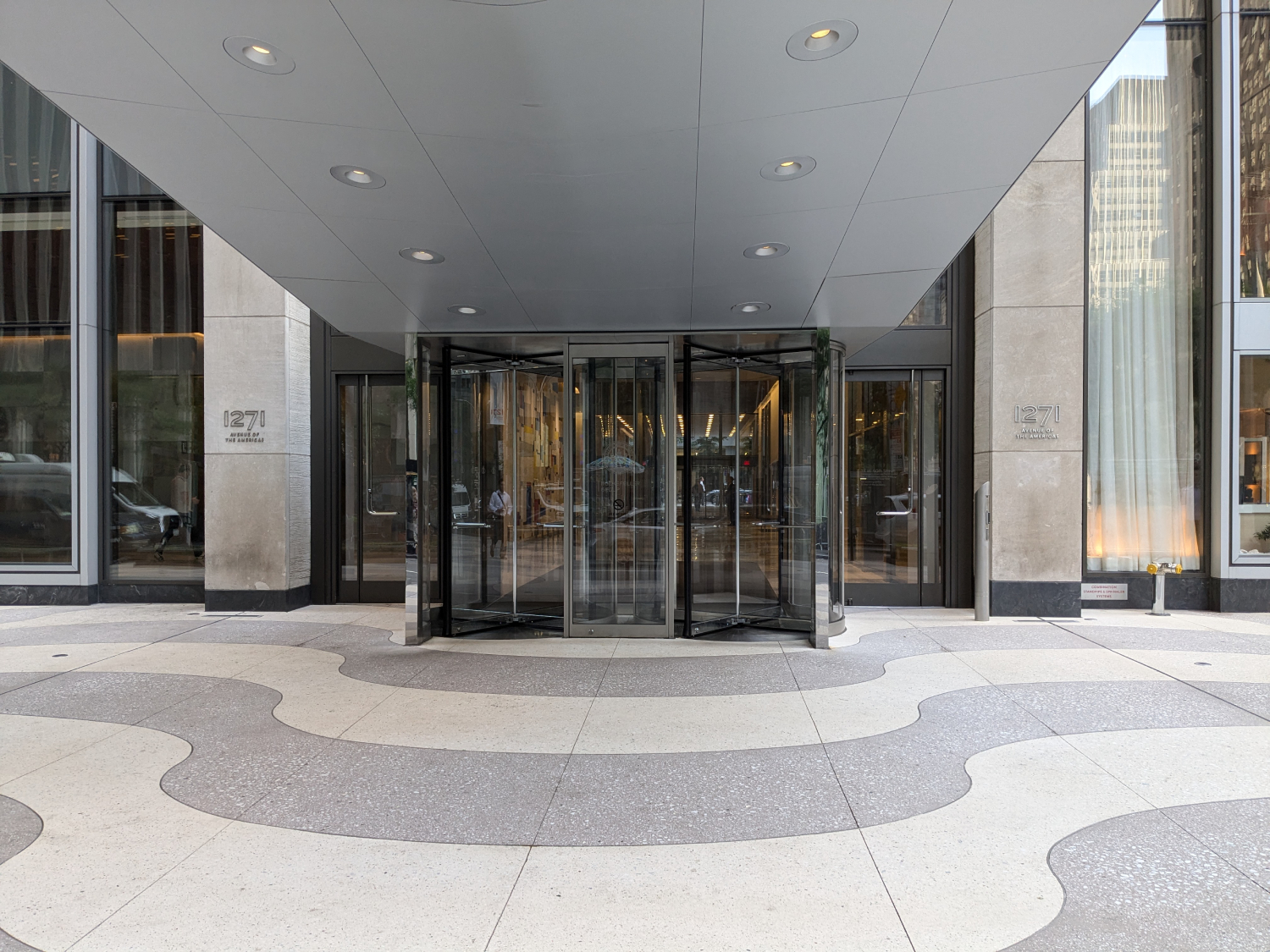As part of a typical lease agreement, the tenant must understand how it will be charged for building operating expenses. Landlords can assess tenants for the building’s operating expense using one of four different types of calculations that compute the increase in the building’s operating expenses. These four approaches are described as: Fixed Increase, Porter’s Wage, CPI, and Direct Operating. From the landlord’s perspective, he is attempting to shield himself from increases in the prices for the items and services that are needed to keep the building in top operating condition.
The Direct Operating Escalation approach is the most commonly used approach for calculating charges. The tenant pays its proportionate share of increases in the building’s operating expenses that are in excess of the operating costs that existed in a previously established base year. For example, if the tenant has a base year of 2015, the tenant pays no increases if this was his base year. In 2016 if the operating expenses increase from $1,000,000 to $1,200,000 the tenant pays its proportionate share of increases which would be $50,000 (based on the $200,000 increase times 25%, the tenant’s proportionate share of the building).

Expenses Included
When negotiating the operating expense clause, the most important issue is to define what will be included and what will be excluded as building operating expenses. The expenses that should be included are the costs to operate the building. A subsequent article will provide a list of exclusions. The tenant should request from the landlord the last three years of operating statements. There can be a wide variance in operating costs from one building to another. For example, one trophy building in New York City has operating costs of $18.00 per rentable square foot while an equally appealing building has operating costs of $10.00 per rentable square foot. If a tenant signed a 10 year lease, his total operating cost would be $46.40 per rentable square foot on based on an $18.00 per rentable square foot operating cost versus $25.78 per rentable square foot based on a $10.00 per rentable square foot operating cost. Please note operating increase is based on 5%. (See below chart.)

Gross-Up Year
At the beginning of each year, the landlord sends an estimate of what the operating expenses will be for that year. The increases are usually based on the building being 95% occupied. When the building is not fully occupied, then the landlord will “gross-up” the expenses. It is very important for the tenant to understand how landlords “gross-up” the expenses for the building. For example, when the building is half occupied the building will usually only have one lobby attendant. If the building is 100% occupied the landlord will still need one lobby attendant. When the landlord “grossed-up” the operating expenses did the landlord add another lobby tenant to the building? The tenant should try to negotiate the operating clause in its lease to reflect that the landlord’s estimates cannot exceed 5% of the prior year’s operating expenses. Sometimes the landlord will agree to this.
Reconciliation
Around March or April landlords will provide tenants with a statement that compares the estimated operating statement to the actual operating statement. If the landlord’s estimate was lower than the actual operating increase then the tenant will need to pay the difference. If the landlord over-estimated the increase than the landlord will credit the tenant’s operating increases for the next year. Tenants typically have the right to refute the bill within 30 days of receipt of the statement. One warning sign that the tenant may be overcharged is if the operating expenses exceed 5 percent of last year’s expenses, the further investigation should be done. Please note this investigation should not be done on an aggregate basis, it should be done on a line-by-line basis.
Summary
In summary, the Direct Operating escalation is typically the best choice. It is one of the hardest clauses of the lease to negotiate. You should have a real estate broker; a real estate attorney; and an accountant review this clause.







